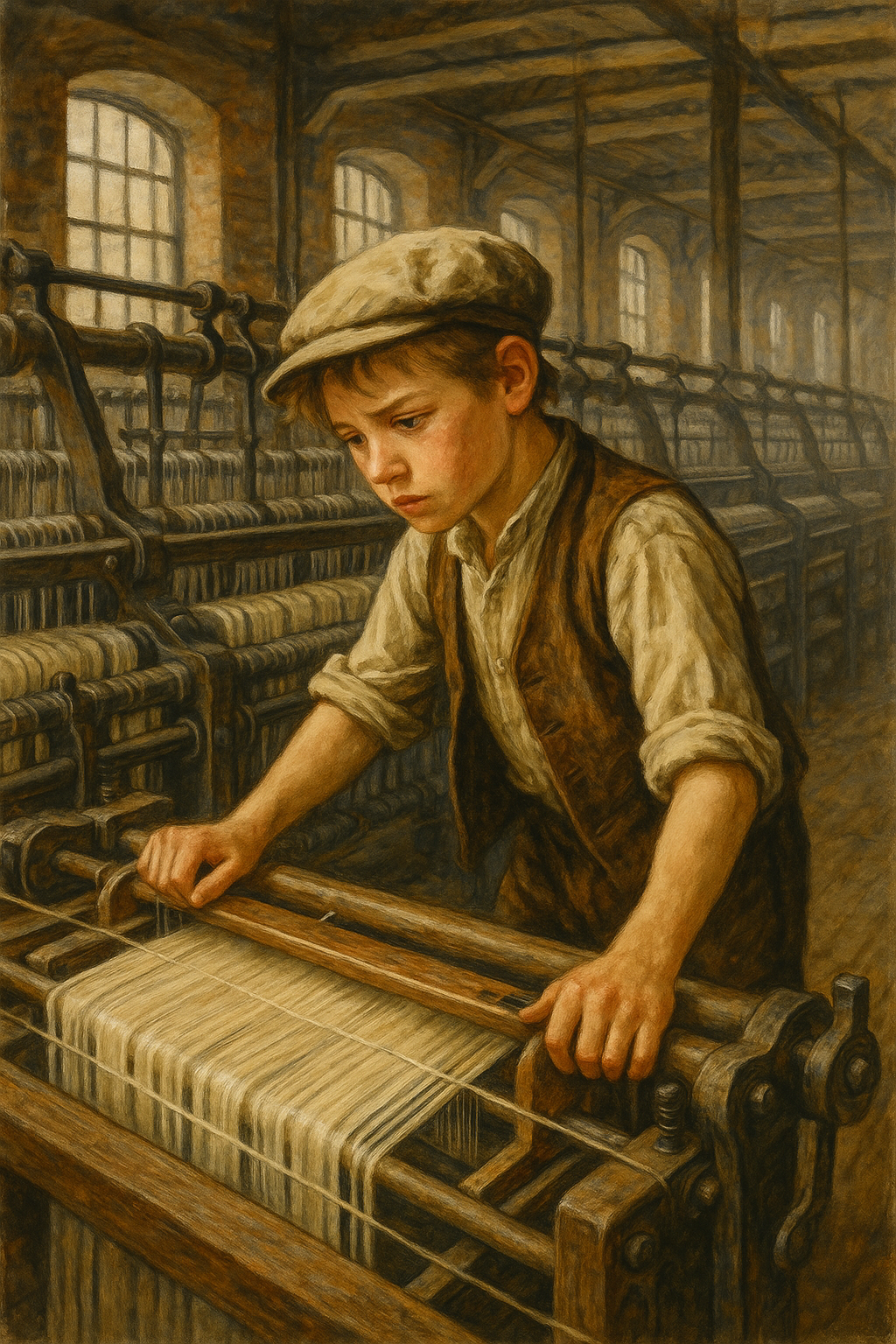Lesson 1: The Industrial Revolution (Industry and Imperialism)
🛠️ New Machines and Methods
The Industrial Revolution started in Britain in the late 1700s. Before this, most people made things by hand at home or in small workshops. Then, new machines changed everything!
One big invention was the spinning jenny 🧵, which helped make cloth faster. Another was the steam engine 🚂, which helped power trains and machines in factories. These inventions made work faster and cheaper.
The factory system grew. Instead of working at home, many people went to factories. These were large buildings with machines, where people worked long hours.
⚗️ Scientific advances also helped. New ideas in chemistry and engineering made better machines, stronger metals, and cleaner energy.
📖 Story: A young boy named Tom used to help his mother weave cloth at home. But when a factory opened in his town, he got a job there. He worked 12 hours a day but earned more money. Still, the work was hard and dangerous.
🏘️ A New Way of Life
The Industrial Revolution changed daily life. Many people moved from farms to cities to find work. These cities grew very fast — sometimes too fast. People lived in crowded houses, and the air and water were often dirty. 😷
New immigrants came from other countries looking for jobs. Many workers were poor and worked long hours for little pay. Even children worked in factories. Some people began to ask for reform, or change, to make life better.
📖 Story: A woman named Elizabeth Gaskell wrote books about factory life. In one story, a girl named Mary worked in a cotton mill. Her hands were always red from the hard work. But she dreamed of a better life.
Over time, laws were made to protect workers. Children could not work too young. Work hours became shorter. Slowly, life began to improve.
A new middle class also grew. These were people like shop owners, teachers, and engineers. They had more money and lived in better homes. They liked education and progress, and they helped shape modern society.
